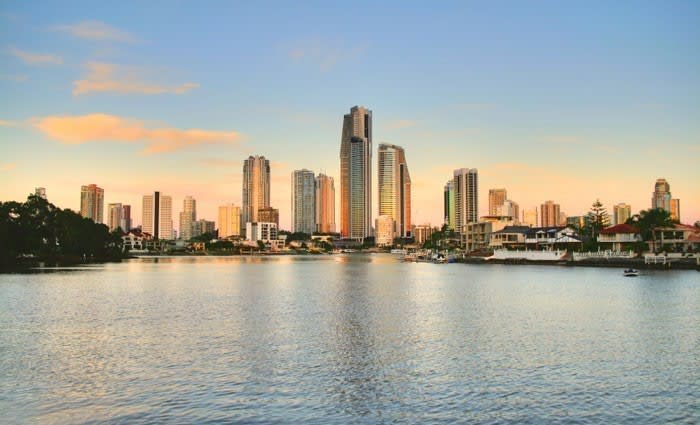Gold Coast light rail study helps put a figure on value capture’s funding potential
![]()
GUEST OBSERVER
Value capture actually can work when it comes to funding new transport infrastructure.
My research on the Gold Coast light rail provides the figures to demonstrate the size of the gains to nearby land values, which were around 25 percent of the A$1.2 billion capital cost in stage one of the project.
Value capture is the idea that new transport infrastructure can be financed, or at least partly, by increases in land value around the project. It’s something Prime Minister Malcolm Turnbull has promoted and industry experts have come out in support of, but the proof has so far been elusive.
To shed some light on the potential scale of such property value gains, I studied the changes in Gold Coast land values following the opening of the light rail project in July 2014.
Why land values?
The case for this type of “beneficiary pays” view is a moral one more than an economic one. The moral case is that publicly funded transport projects should not be undertaken for the benefit of a select group of landowners.
For example, we know that the planning system is susceptible to favouritism because it gives windfall gains to landowners. The same holds for transport investments. Thus, there is a fairness argument for taxing these “unearned” gains to fund the transport investment that caused them.
A number of recent articles at The Conversation have described some of the options for translating land value gains into a revenue source.
But while we know that transport investments typically increase land values in areas that become more accessible, does a new rail line increase land values by 5%, or 50%? Taken together, what proportion of the transport investment costs can be funded by these gains? Are they 10%, or even perhaps 100%?
Who benefits, and by how much?
To answer the question of how large land values gains are, I used the full suite of statutory land valuations data available in the Gold Coast to tease out the land value variation over time at different distances from the light rail stations. By doing this I could see the path of relative land values for properties within 100 metres of the stations, between 100 and 200m, and so forth, up to 2 kilometres.
I found that land within 400m of the stations increased in value by 7% more than land between 400m and 2km from the stations in the year after the light rail began operation. This is in keeping with the results of some previous international studies.
By applying the price deviation to the total value of land in those areas (a little over A$4.2 billion in 2015), I could then estimate that the absolute change in land value was A$300 million. This is the once-off gain to the owners of the 1,324 plots of land within 400m of the light rail stations as a result of this transport investment.
This estimated value gain is net of additional rates and charges that arise automatically from increasing land values. It is also net of the additional charge levied citywide to help fund transport investment in the city.
At a 5 percent market interest rate, those capital gains are equivalent to an annual revenue stream of A$15 million. This is the total possible revenue from a funding system that perfectly captured all land value gains.
However, state governments already levy taxes on land values, though in Queensland there are many exemptions, including for land holdings under A$600,000 in value. After this, the marginal rate is between 1 percent and 1.75 percent.
It is possible to estimate the additional revenue available to the state government from land value gains due to this investment in the hypothetical situation where there are no exemptions. At a 1 percent land value tax rate, this would be an automatic increase of approximately A$2.5 million in annual land tax income from the value gains due to the light rail. At a 1.75 percent rate with no exceptions, the revenue would be A$3.9 million per year.
Overall, the land value gains from the Gold Coast light rail were around 25 percent of the capital cost. One of the simplest ways to capture these land value gains is to expand the existing state land tax system to remove exemptions. That would automatically capture 17-26% of the potential revenue from the value gains.
conomist, The University of Queensland, and author for The Conversation. He can be contacted here.
